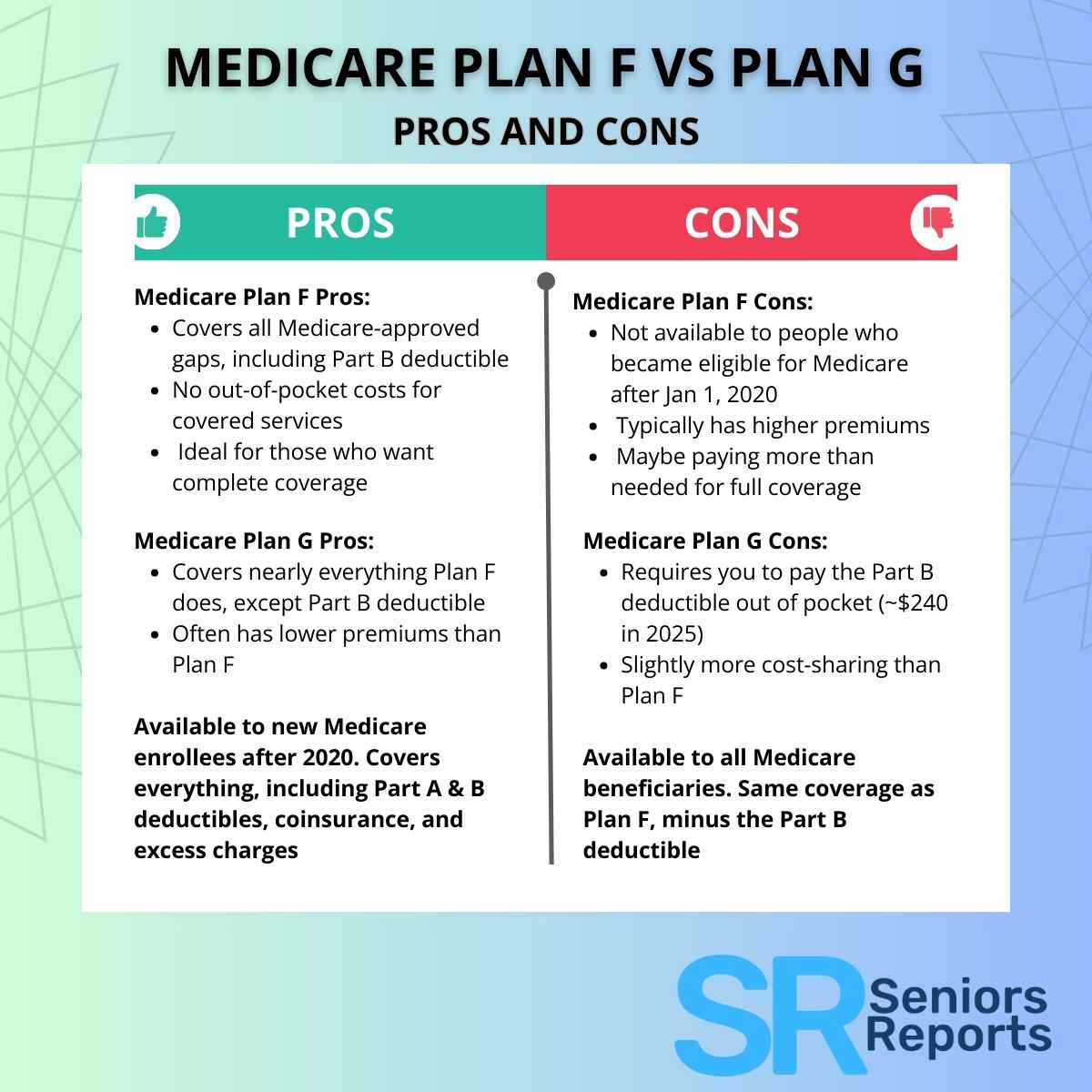Social Security 2026 COLA Update & Expert Insights
By Guy Shap, Social Security Retirees Expert | Senior Reports Daily
Wondering what the Social Security 2026 COLA update rates are? You’ve come to the right place. We’ll compare the Social Security COLA 2026 estimate update to 2025. And discuss the significant changes and provide insights on what seniors should know and consider.
Millions of retirees depend on Social Security’s annual cost-of-living adjustment (COLA) to keep pace with inflation and maintain their quality of life. The latest projections for the Social Security 2026 COLA update are out, and there’s important news for beneficiaries, including how these changes stack up to the 2025 Social Security COLA increase and disability update. I’ll explain what to expect, key factors impacting future COLA update Social Security factors, with practical tips to safeguard your retirement income.
Jump To
Table of Contents

Quick Summary of the 2026 COLA Estimate
According to the latest Senior Citizens League (TSCL) data, the Social Security COLA 2026 estimate update is 2.3%, a slight increase from their previous forecast of 2.2%. For context, the 2025 COLA stands at 2.5%. Although COLA protects seniors’ purchasing power, shifting economic forces—including tariffs and inflation patterns—mean that retirees should watch closely how these changes may impact their finances.
Key Takeaway: The projected 2026 COLA is slightly below the 2025 adjustment. Many seniors may see their benefits’ value eroded, especially if essential living costs continue to rise faster than Social Security adjustments.
Social Security 2026 COLA Update vs. 2025: What Retirees Need to Know
| Year | Projected COLA | Finalized COLA | Main Economic Influences | Key Policy Changes |
|---|---|---|---|---|
| 2025 | 2.5% | Set in Oct 2024 | Standard inflation, mild recovery | To be set in Oct 2025 |
| 2026 | 2.3% (estimate) | Set in October 2024 | Tariffs, structural inflation, healthcare & food costs | Broad tariffs (announced, partially paused), healthcare inflation |
Data sources: TSCL, SSA, CPI-W, as of May 2025
Context & Why It Matters
The COLA is calculated using the Consumer Price Index for Urban Wage Earners and Clerical Workers (CPI-W) during Q3 (July–September). If inflation is higher in those months, the COLA adjusts upward. However, COLA doesn’t always keep pace with retirees’ expenses, especially in categories like medical care and housing, which are rising faster than general inflation.
New tariffs introduced by the Trump administration, even with some being temporarily paused, could accelerate costs for items seniors depend on (like medications, imported medical equipment, and certain foods). That means COLA increases might not be enough to make up the difference.

How Is the Social Security COLA Calculated?
The Social Security COLA is determined using the CPI-W, a Consumer Price Index subset that reflects urban wage earners’ spending patterns. The formula is simple:
- Average the CPI-W from Q3 (July-September) of the previous year.
- Compared to the same quarter a year earlier.
- The percentage increase (if any) sets the COLA for the following year.
Challenge: The CPI-W doesn’t fully reflect the typical expenses of elderly retirees. For example, it places more emphasis on transportation and less on medical costs or housing than the actual spending patterns of those aged 62 or older.
COLA Calculation Example
The Social Security Administration sets COLA using this formula:
COLA % = (Avg. CPI-W in Q3 of current year ÷ Avg. CPI-W in Q3 of prior year) – 1 x 100%
For 2026, TSCL’s model factors in:
- Recent inflation trends in housing and medical care (up to 3.7% annually)
- Ongoing impacts from new tariffs and potential import price shocks
- Projections from the Federal Reserve and unemployment trends
2025 vs. 2026 COLA Inputs
| Category | CPI-W Weight | Avg. YTD Increase 2025 | Concern for Retirees |
|---|---|---|---|
| Overall CPI-W | 100% | 2.6% | Benefit baseline |
| Housing | ~31% | 3.7% | Under-represented |
| Medical Care | ~7% | 2.8% | Under-represented |
| Transportation | ~16% | 1.4% | Over-represented |
Note: The CPI-E (for elderly households) rose 2.9% in early 2025, indicating that COLA may understate true inflation for Social Security recipients.
Why Some Retirees Will Lose Buying Power in 2026
Not all inflation is created equal. The CPI-W weighs spending patterns of younger, working adults, not retirees. Seniors spend more on health care and housing, and less on transportation. Here’s what that means:
| Category | Inflation Rate (Jan-Mar 2025) | CPI-W Weight | CPI-E Weight (Age 62+) |
|---|---|---|---|
| Housing | 3.7% | 30% | 40% |
| Medical Care | 2.8% | 5% | 12% |
| Transportation | 1.4% | 16% | 8% |
Source: BLS, SSA, TSCL
The CPI-E (experimental index based on seniors’ costs) shows inflation at 2.9%, above CPI-W’s 2.6%. This means the 2026 COLA may lag behind actual cost increases for retirees.
What’s Driving This Year’s COLA Projection?
- Tariffs & Economic Policy: The Trump administration’s recent tariff announcements may raise consumer prices, particularly for drugs, medical equipment, and food. Though some tariffs have been temporarily paused, the uncertainty affects COLA forecasting.
- Differential Inflation: While headline CPI-W inflation is modest, seniors face higher inflation in crucial spending categories like healthcare and housing.
- COLA Lag Effect: Because COLA is based on past data, there’s a lag before retirees see adjustments that reflect rising costs.

What Happens Next for Social Security COLA 2026?
TSCL will continue releasing monthly COLA projections. The October 2025 update, using Q3 CPI-W data, will provide the finalized COLA for the year. The impact of tariffs and changing economic conditions will shape this figure, as will ongoing inflation trends in the categories that matter most for retirees.
What to Watch for Next
Monthly COLA Estimate Changes (2025–2026)
| Month | 2025 Estimate | 2026 Estimate |
|---|---|---|
| January 2025 | 2.5% | 2.2% |
| March 2025 | 2.5% | 2.3% |
| June 2025 | 2.5% | Pending |
| October 2025 | Finalized | To be announced |
These figures will continue fluctuating as CPI-W and broader inflation data come in.
- The next COLA update will incorporate April 2025’s CPI-W results, likely reflecting the first wave of tariff-driven inflation.
- The final COLA for 2026 will depend on how tariffs, inflation, and policy decisions play out over the summer of 2025.
- Seniors and families should remain proactive in understanding benefit changes and seek guidance from reputable sources.
Social Security 2026 COLA Update Real-World Tips for Retirees
1. Monitor SSA Announcements.
Official COLA figures will be finalized in October 2025. Bookmark the SSA’s COLA Factsheet for updates.
2. Review Your Budget Monthly.
Adjust your monthly spending in these categories, as housing and medical costs are rising ahead of COLA. Prioritize must-have medications and healthcare services.
3. Take Advantage of Senior Benefits.
Consider enrolling in programs offering prescription assistance, utility bill help, and food support. Find resources at Benefits.gov.
4. Diversify Your Retirement Income.
If you rely solely on Social Security, consider modest part-time work, leveraging home equity, or accessing additional savings to help withstand any COLA shortfall (NCOA Resource).
5. Contact Legislators.
Advocate for changes to how COLA is calculated. Ask Congress to consider a CPI-E-based COLA to align increases with seniors’ actual cost patterns (AARP Advocacy).

Social Security 2026 COLA Update Expert Insights & Perspectives
Shannon Benton, TSCL Executive Director:
“Placing broad-based tariffs on goods from numerous countries could have a profoundly negative impact on the daily lives of seniors, including rising costs for drugs and medical equipment. Import taxes are likely to keep food prices high and raise insurance costs, contributing to higher inflation.”
Alex Beene, Financial Literacy Instructor, University of Tennessee at Martin:
“Seniors may not be buying the latest gadgets, but they need additional tech for health and well-being that often relies on imported parts now subject to tariffs. If medical or pharmaceutical tariffs increase, cost-of-living adjustments may be unable to keep up.”
Additional Resources for Seniors
The projected Social Security 2026 COLA update of 2.3% is an important signal for retirees, but not a guarantee that your benefits will fully keep up with rising costs. Keep informed, adjust your strategies, and advocate for policy changes that reflect the true cost structure facing today’s seniors. For more updates or to ask questions, reach out via Senior Reports Daily’s contact page or subscribe to our retirees newsletter. Senior Reports Daily is committed to providing expert, timely, and actionable insights to help retirees and their families make the most of every dollar.
Final Thoughts and Advice for Retirees
Social Security 2026 COLA update is shaping up to be lower than many seniors would hope, especially when real-life costs for healthcare and housing rise faster than policy formulas recognize. Here are the next steps I recommend:
- Monitor Updates Regularly: Stay current with Senior Reports Daily and TSCL monthly projections for the most accurate COLA news.
- Advocate for Policy Reform: Encourage your representatives to support improvements to the COLA formula, such as incorporating the CPI-E, which better aligns with retiree spending.
- Budget Cautiously: Given that benefit increases may lag behind real inflation, plan expenses conservatively, especially for medical and housing needs.
- Seek Professional Guidance: Connect with retirement planning or Social Security experts for tailored strategies to maximize your financial wellness.
If you have questions or concerns about how the projected COLA for 2025 Social Security update and the Social Security 2026 COLA update estimate could impact your benefits or retirement income, please comment below. My commitment, as always with Senior Reports Daily, is to provide transparent, expert support to empower you through the challenges and changes ahead.
For continuous updates on Social Security COLA, retirement insurance news, and expert guidance, bookmark Senior Reports Daily and subscribe to our newsletter.
This article was written by Guy Shap, Social Security & Retirement Planning Expert for Senior Reports Daily, drawing on insights from TSCL, BLS, and industry leaders in senior news and economics.
Resources
SourcesSources:
- The Senior Citizens League (TSCL)
- Bureau of Labor Statistics (BLS)
- Journal of the American Medical Association
- Social Security Administration (SSA)
- Expert commentary from industry professionals
https://www.aarp.org/retirement/social-security/info-2024/social-security-cola-2025.html





